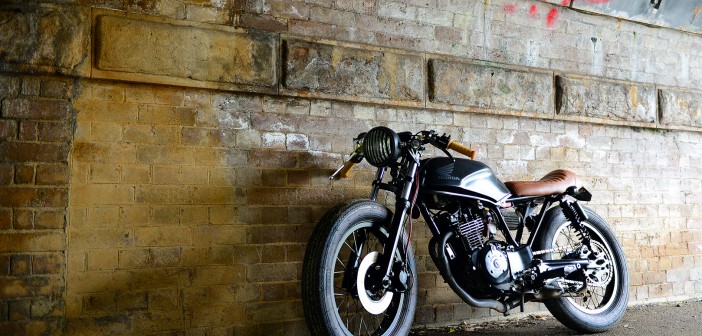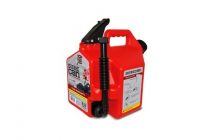No matter your age, it can be daunting making the leap from four wheels to two. So many of us love the look, the culture and want to experience the thrill of hitting the open road on their very own motorcycle – and yet have little to no idea where to start, or what to look for when making that first purchase.
Stan Bullock Bikebiz has decades of experience in the industry, and offers five key tips to making an informed choice on your first time motorcycle purchase.
Do your homework: Living in the age of the internet makes this job fairly easy. Honing in on the right kind of bike you’re hoping to buy is dependant on what kind of riding you intend to do. For example, if you’re looking to carve up some mountainous roads, start looking into which sporty road bikes are recommended as being able to handle twists and turns – for a Supermoto style of ride. If you’re looking for a commuter you should be reading up on the more multi-purpose styles. Once your sole purpose has been established, get cracking on researching the brand, model and even where you can make purchase, be it new or second hand. Reliability can easily be established through user reviews within online forums and community groups on Facebook – you’ll soon be able to see if the same red flags keep popping up and this will aid you in avoiding a regretful purchase.
Be on your guard when buying second hand: It’s a minefield for first time buyers who are looking out for their budget, to discern what is and isn’t a problem upon first inspection. Don’t get too caught up in how much you ‘love’ the look of the machine, functionality is king, always. Run through a comprehensive visual checklist to discern levels of wear and tear, checking tires, headset bearings, brake pads, brake lines, drive chain and sprockets, as these are the most common features which degrade over time – if you see something bent, cracked or warped, the owner may have had an accident with that particular bike. Lastly, quiz your seller – hard. Ask if any modifications have been made, and if so, what has been changed. Request a service history, and consider calling the previous/current mechanic for a second opinion, as they may tell you something that will affect your decision to buy.
Try before you buy: everything may be perfect on paper and upon inspection, however, you won’t know until you actually climb on, start the engine and have a go around the block. Ensure that you bring your own gear including helmet, gloves, thick jeans, jacket and appropriate boots as it is not the seller’s job to look out for your safety. Before zooming off, a courteous move would be to offer the owner a piece of collateral, such as a credit card or car keys. Believe it or not, it’s not uncommon for people to have their bike stolen after handing it over for a ‘test ride’. Nip this in the bud and put the seller at ease – and hey, since you’ve been so nice, he/she may even be more susceptible to bit of haggling afterwards. Lastlty, you gotta love the way it feels. If you feel awkward or uncomfortable when riding, it may not be the bike for you. Handlebar positioning makes all the difference and you won’t know until you go for a ride.
If in doubt, speak to your local bike mechanic: even after combing through this list, there may still be things you don’t understand or miss when inspecting a motorcycle. It is perfectly normal to bring a mechanic with you for a second look over the bike, and this will minimise your chances of being ripped off. A Mechanics professional insight will undoubtedly come into play in ways you may have never thought of.
Maintain, maintain, maintain: unlike a car, riding a motorcycle means that there is, and always will be, very little between you and the road – even the most minor mechanical or structural fault could lead to an accident. After you’ve found your ideal motorbike and made the purchase, it’s now your job to maintain your machine for the safety of both yourself and others. Regular servicing is key however their are things you will need to do yourself at home. Keep checking the oil window to ensure that the level is sitting in between the lines. Research the ideal PSI for your tires and routinely top up the air to better ensure optimal traction both on and off the road.




